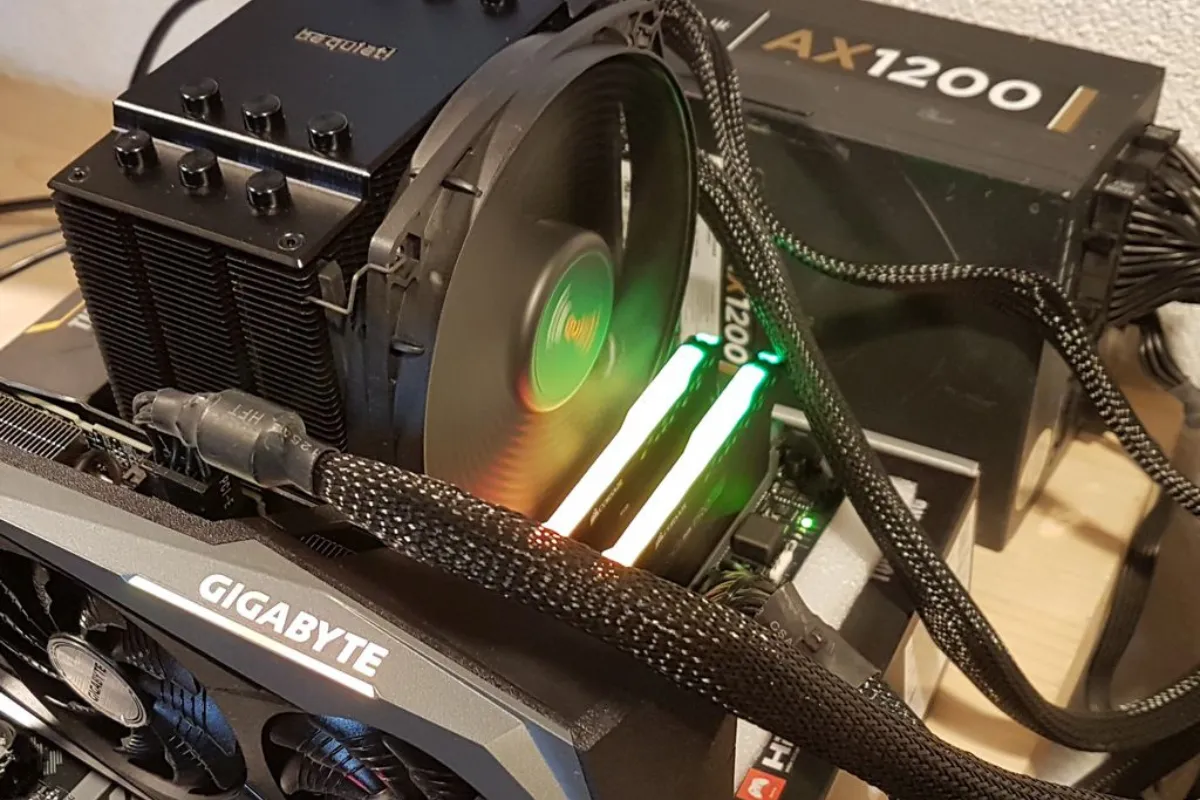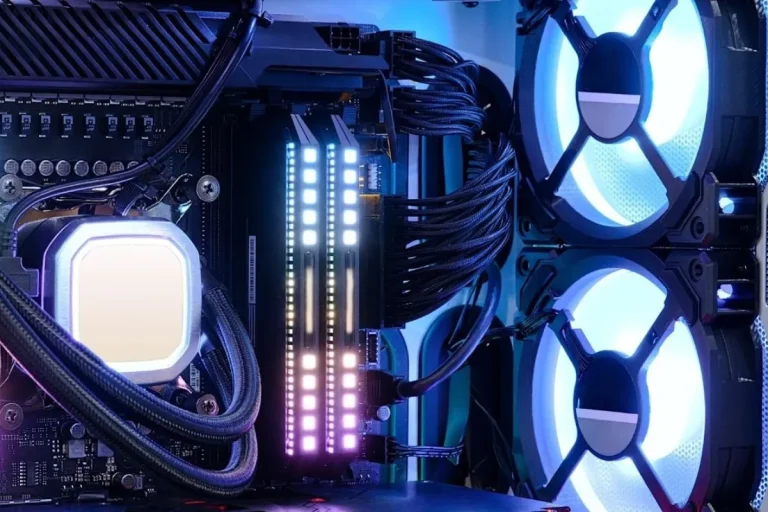How long can you run a CPU without a heatsink?
Are you curious to know how long you can push your CPU without a heatsink? Well, it’s time to uncover the risks and limitations involved in this daring experiment. In this blog post, we’ll dive into the world of CPU cooling, exploring the impact of heat on your processor and shedding light on the potential dangers of running it without a proper heatsink.
Importance of Heatsinks in CPU Cooling
Heat is the arch-enemy of your CPU. When your processor is hard at work, it generates a significant amount of heat that needs to be dissipated efficiently to prevent overheating. That’s where heatsinks come to the rescue.
Heatsinks are typically made of metal, often aluminum or copper, with a large surface area consisting of fins or ridges. These fins provide more surface area for heat to escape from the CPU. When the CPU heats up, the heatsink absorbs the heat through direct contact, and the increased surface area helps in faster heat dissipation.
The Role of Heat Pipes and Thermal Paste: To enhance the cooling efficiency of heatsinks, two additional components play a crucial role: heat pipes and thermal paste.
Heat pipes are heat-conducting tubes filled with a special fluid that transfers heat rapidly. They are integrated into some advanced heatsinks to improve heat transfer from the CPU to the heatsink’s fins, facilitating quicker dissipation.
Thermal paste, also known as thermal compound, is a substance applied between the CPU and the heatsink. It fills microscopic gaps and irregularities, ensuring better thermal contact and efficient heat transfer between the two surfaces.
Risks and Dangers of Running a CPU Without a Heatsink
You decide to run your CPU without a heatsink, thinking it’s no big deal. But hold on, danger lurks around the corner.
The Consequences of Improper Cooling: Running a CPU without a heatsink can lead to a series of unfortunate events. When a processor overheats, it triggers a chain reaction of problems that can significantly impact your system’s performance and longevity.
Thermal Throttling
Without a heatsink, your CPU is left vulnerable to overheating. To prevent catastrophic damage, most modern CPUs have built-in thermal protection mechanisms known as thermal throttling.
When temperatures rise to unsafe levels, the CPU automatically reduces its clock speed to generate less heat. While this prevents immediate damage, it results in reduced performance and slower processing speeds.
Reduced Performance
As the CPU throttles to lower clock speeds, tasks that require significant processing power may take longer to complete. This can result in sluggish performance, noticeable lag, and delays in running resource-intensive applications or games.
Potential Damage to the CPU
Extended periods of running a CPU without a heatsink can lead to permanent damage. Excessive heat can degrade the internal components of the processor, such as transistors and circuits, leading to malfunctions or even complete failure. Replacing a damaged CPU can be costly, making it essential to prioritize proper cooling.
Factors Affecting CPU Temperature and Heat Dissipation

Ever wondered why your CPU temperature fluctuates or why a heatsink is essential for maintaining safe operating temperatures? Influential Factors on CPU Temperature: Several factors impact the temperature of your CPU. The two primary factors include ambient temperature and the workload on your processor.
Ambient Temperature
The temperature of the environment surrounding your computer system plays a vital role in CPU temperature. Higher ambient temperatures can make it more challenging for the CPU to dissipate heat, potentially leading to increased temperatures. It’s important to ensure proper ventilation and cooling in your computer’s surroundings.
Workload on the CPU
The workload or the tasks your CPU is handling can significantly impact its temperature. Intensive tasks such as gaming, video editing, or running resource-demanding software can cause the CPU to work harder and generate more heat. This increased workload requires effective heat dissipation to maintain optimal temperatures.
The Role of Heatsinks in Heat Dissipation
Heatsinks are the unsung heroes when it comes to maintaining safe operating temperatures for your CPU. Heatsinks work by providing a large surface area for heat to dissipate. The increased surface area allows for better airflow, facilitating the transfer of heat away from the CPU.
The cooling fins or ridges on the heatsink promote air circulation, aiding in the dissipation process. When combined with thermal paste and heat pipes, heatsinks enhance heat transfer efficiency, ensuring that the CPU remains within its safe temperature limits.
Frequently Asked Questions
1. Can I run my CPU without a heatsink for a short period of time without any issues?
It is not recommended to run a CPU without a heatsink, even for a short period. The absence of a heatsink can lead to rapid overheating, potentially causing damage to the CPU.
2. How long can a CPU run without a heatsink before encountering problems?
The exact duration a CPU can run without a heatsink varies depending on factors such as ambient temperature and workload. However, in general, operating a CPU without a heatsink for more than a few seconds can lead to significant overheating and potential damage.
3. What is a thermal runaway, and how does it affect the lifespan of a CPU?
Thermal runaway refers to a situation where the CPU’s temperature rises uncontrollably due to insufficient cooling. This can result in a cascade effect, where the CPU generates more heat than it can dissipate, leading to permanent damage.
4. Can I use alternative cooling methods instead of a heatsink to prevent CPU overheating?
While there are alternative cooling methods available, such as liquid cooling or fanless systems, it is essential to consult with experts or refer to the CPU manufacturer’s recommendations. These methods may require specific configurations and may not always be suitable for every CPU model.
5. Is using a lower-quality heatsink better than not using one at all?
It is advisable to use a high-quality heatsink that is compatible with your CPU. Lower-quality heatsinks may not provide adequate cooling, which can still result in overheating and potential damage.
Conclusion
Running a CPU without a heatsink is like walking on a tightrope without a safety net – it’s a risky game. Even a few seconds without proper cooling can lead to overheating and potential damage. To ensure your CPU’s longevity and smooth performance, always prioritize using a reliable heatsink.

